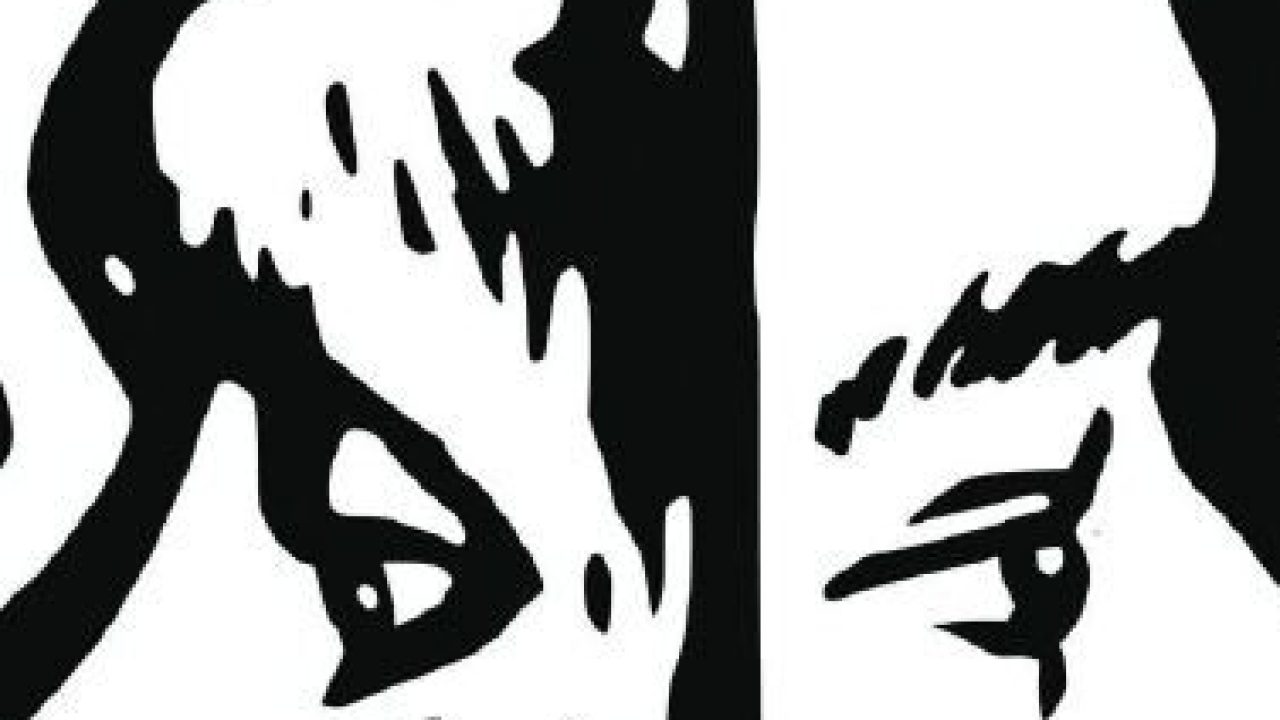
This article originally appeared in the January/February 2021 issue of Museum magazine, a benefit of AAM membership. In an effort to provide the broadest possible access to this critical topic, we are making these articles free and available to the public.
We are a profession of some of the most brilliant thinkers, scholars, educators, artists, scientists, and revolutionaries from almost every background and way of life. Most of us working in and with museums approach the work with passion, acquired skill sets, and determination to change our communities through the history and culture of humankind.
Rarely, however, do we think about theories. And on the occasions that we do, we usually consider them the luxuries of academia. Yet, theories can offer solutions for informing our best practices. Theories are developed from a set of principles based on observation and research. They explicate and predict conditions and phenomena and help us 1) augment our knowledge and 2) achieve a base unit of understanding.
I began writing about and using theory in 2010 as a mechanism for interrogating legacies of exclusion in museums. I wanted to challenge the statements that were accepted as truths about why Black people and people of color did or did not visit museums. I wanted to challenge assumptions accepted as truth about leisure-time activities and museum-going in correlation to what I understood about race and racism. Specifically, I have employed critical race theory as a method of inquiry to interrogate the role and function of race in museums.
Why Theories Matter for Museums
When I started investigating race within the museum context, I found that all of the research on visitors recognized that Black people and people of color were overwhelmingly not attending museums at the same rates as their white counterparts. However, no studies accounted for or articulated race, racism, or historical oppression in their research. It was as if there was no existing knowledge of race or racism.
How could we not account for institutional and systemic racism when we know for a fact that there were museums that would not allow Black visitors? How could we not account for the pseudo-science of eugenics in our natural history museums and its impact on collections and taxonomies of knowledge? How could we continue to argue that implicit bias was not a factor when white artists are glaringly over-represented in the permanent collections of our most beloved art museums?
As an activist-scholar, I was acutely aware that existing knowledge was being egregiously bypassed, and the existing museum-going data was missing vital information. How could our internal and external behaviors be labeled best practices, codes of conduct, or standards when the field was overwhelmingly white and did not account for Black and Indigenous ways of knowing? What have our standards been based on? What theories prove that the ways in which we are working in museums are the best ways for the times that we live in?
I began to search for a theory that could offer reasonable and inquiry-based answers to these questions. While many scoff at theory as merely an intellectual exercise or academic jargon, I recognized that theory informs praxis and vice versa. Theory and application are gradients of the same hue. Praxis is literally defined as shape-making and world-changing. That is, praxis is informed, committed engagement toward problem-solving a situation as intentional thinking and acting.
Theory provides meaning to what we see in our daily application and work practices. It is a framework for taking what we know and applying principles for relevance, fine-tuning, new applications, and installing new modes of conduct. We can use theory to make predictions, develop best practices, and guide new territories of exploration from research and observation. The systematic set of interrelated concepts, definitions, and explorations help us uncover how and why things work as they do.
Theories are used across disciplines to advance conversations, illuminate cross-disciplinary dialogue, and provide a conceptual framework for resolving a conundrum through shared language. In the museum field, we tend to focus purely on accepted codes of conduct created through professionalization, established best practices, and hit-or-miss risk-taking.
“The core credo of CRT is that racism is pervasive, and even with legal preventions in place racism will never be fully eradicated because of the ubiquity of Whiteness.”
What are the advantages of applying theory to assist us in solving some of our most complex and challenging issues in museums? How can we apply theory as an informative framework to address issues such as social injustice and systemic and institutional racism? How can theories help us think about the ways in which code words, such as “community,” “diversity,” and “invitation,” signal exclusion to our visitors even as our intended outcome is participation and welcome? These were the key questions that I used to approach the topics of diversity and inclusion in our field.
What Is Critical Race Theory?
Critical race theory (CRT) was developed in the 1970s from the writings of legal scholar Derrick Bell to respond to legal reversals of key legislation passed during the Civil Rights Movement. CRT was a way to trace the roots of racist legislation going back to the harsh Black Codes that restricted Black Americans’ freedom after the Civil War while providing a legal and political framework for challenging racial inequality within the law. Other scholars, such as Alan Freeman and Richard Delgado, augmented CRT by implementing cross-disciplinary theories with fields such as cultural studies, critical legal studies, postmodernism, and feminism.
The core credo of CRT is that racism is pervasive, and even with legal preventions in place, racism will never be fully eradicated because of the ubiquity of Whiteness. Originating in the 17th century, Whiteness was created by white Christian and English settlers to distinguish colonists from African and Indigenous peoples. Whiteness became a recognized legal term that also distinguished class. Within the context of the United States, Whiteness was specifically designed to establish legal and social hierarchy and to utilize skin color as a legalized privilege.
In our contemporary times, critical race scholars have identified additional tenets of the theory to better define Whiteness and how it functions in today’s society. Whiteness includes the proximity to the rights, values, beliefs, and experiences of Whiteness in relation to the impact of racism that elevates and distinguishes white people over people of color. Whiteness, like race, is a social construct.
CRT—now used in disciplines such as education, women and gender studies, American studies, queer studies, critical white studies, and more—critically examines constructs of race, specifically, as it relates to eradicating racism and restoring justice. CRT is a set of inquiry-based principles designed to:
- illuminate inequality,
- name the inequality,
- establish new protocols for creating/restoring justice, and
- eradicate engineered privileges experienced as racism.
Advocates of CRT utilize it to practice activism and scholarship. CRT activist-scholars, such as Kimberlé Crenshaw, who coined the term “intersectionality,” employ CRT as a mechanism for addressing systemic inequality and advocating for justice. In addition to the notion that racism is pervasive and unable to be fully eradicated, CRT encompasses the following three key tenets:
- Counternarrative or storytelling—using the narratives of people of color to illuminate racialized experience to counter a dominant narrative of white norms. Storytelling is viewed as an accepted and legitimate way of knowing.
- Interest convergence—that white people will eschew racism only until their interests no longer converge with those of people of color.
- Critique of liberalism—that social transformation is only possible when “Band-Aid approaches,” such as affirmative action, color blindness, and merit principles such as respectability, are rejected. Liberalism as an ideology destabilizes conscious effort and language that centers on race and race-consciousness.
It is important to note that CRT is not:
- a political agenda;
- a scheme to make white people feel guilt or shame;
- a mechanism for revising history such that one race is pitted against another or demonized; or
- something that can be “taken down,” needs to be “fought,” creates harm, or disturbs the fabric of society.
Combating Racism and Anti-Blackness in Museums
Museums are rooted in colonialism and imperialism. As such, CRT is a necessary tool for evaluating the ways in which white supremacy culture exists in our cultural heritage institutions. In our field, Stephen Weil notably shifted our attention from the object-centered museum to the human-centered museum when he wrote “museums should be about people, not objects.” Yet, which people? Whose culture? Whose cultural heritage objects?
In museums, our attention has been focused on “diversity’’ and “diversity initiatives” as a means to hegemonically continue our “best practices” and status quo allegiance to Whiteness as opposed to practicing inclusion and intentionally destabilizing and de-centering Whiteness. CRT allows us to focus on structures of power and privilege, thereby transforming our communities in new ways. It is a tool for identifying the impacts of our collective implicit bias that is rendered as professionalization.
The Executive Order on Combating Race and Sex Stereotyping—issued on September 22, 2020, to end so-called “divisive concepts” covered in federal workplace trainings—is a key example of the ways in which Whiteness is allowed to determine what is harmful, and whether or not one is able to claim that harm and demand reparations for being harmed. It is a deepening of the white master narrative that there is a single American history.
Our American history is complex, riddled with heroic feats, savage instances of oppression, social and cultural behaviors that demand sameness and not diversity, and more. It is reductive to think that individuals with the most power and the least ability to experience harm are the same entities that can emphatically declare that implicit bias does not exist, racism is imagined, and white privilege is false.
“CRT allows us to focus on structures of power and privilege, thereby transforming our communities in new ways.”
CRT is a liberatory framework for providing the language tools, theoretical frameworks, history, and legal contexts to organize our thinking so that we can address access, diversity, inclusion, and equity in museums. In addition, it augments our commitment to sharing the full depth and breadth of information that material culture affords us. Furthermore, it allows us to use research, rubrics, toolkits, and other tools to eradicate systemic racism in our practices as we continue to adhere to standards of excellence, thereby redefining and transforming our field by committing to anti-racism and combating anti-blackness.
Museums are the most trusted institutions in our nation. If we adhere to standards set upon us by those who do not invest in scientific and academic rigor, reason, and standards, we forfeit that trust.
The practical — making judgments
People begin with a situation or question which they consider in relation to what they think makes for human flourishing. (the good)
They are guided by a moral disposition to act truly and rightly. (Phronesis)
This enables them to engage with the situation as committed thinkers
and actors. (praxis)
The outcome is a process. (interaction)
Source: Mark Smith, Local Education: Community, Conversation, Action, 1994
Do I Need to Incorporate CRT into My Museum Work?
Whether you are in a structural leadership position, a board member, a volunteer, or a casual/part-time worker, racial equity is part of everyone’s work. Below are some actions you can take today.
- Do you understand the basic language tools for racial equity? (Do you have mechanisms in place to ensure that this language is not being co-opted by the values being employed?)
- Do you apply trauma-informed and healing-informed care to your daily museum work?
- Do you know your museum’s racial history?
- Is your board still predominately white?
- Are your collections still predominately lacking complex, multilayered narratives/representation?
- Is your social media still only speaking to your “base/core”?
- Is your development department still only targeting Black, Indigenous, and other people of color as beneficiaries of donations instead of donors/philanthropists themselves?
- Do you understand what anti-blackness is and what it looks like in your decision-making approach?
- Do you believe that race and/or racism has nothing to do with museums or museum-going and doesn’t impact the work that you do?
- Has your museum created spaces, opportunities, advisory capacities, and more to elevate the presence, power, and voices of historically marginalized communities in your institution in a tangible, visible way that shares authority and ways of knowing?
Porchia Moore, PhD, is an assistant professor at the School of Art + Art History at the University of Florida and co-creator of the Visitors of Color Project.


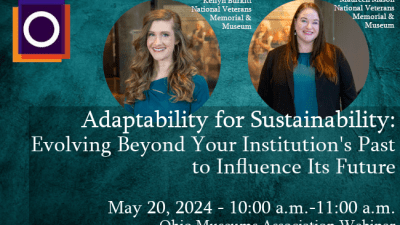
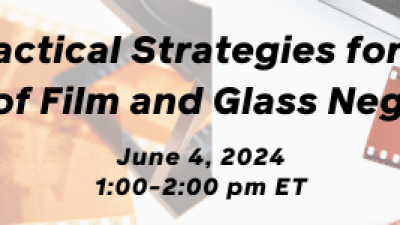
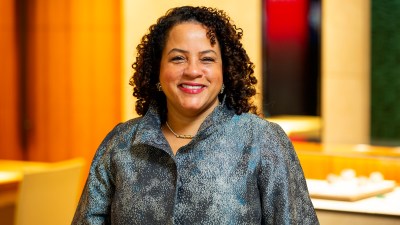
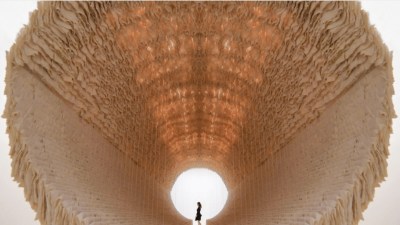
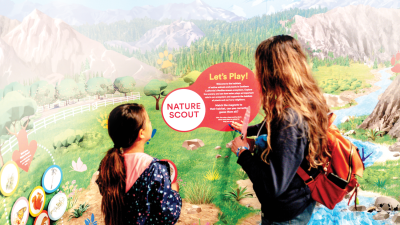
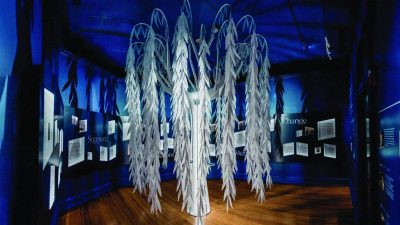
Comments